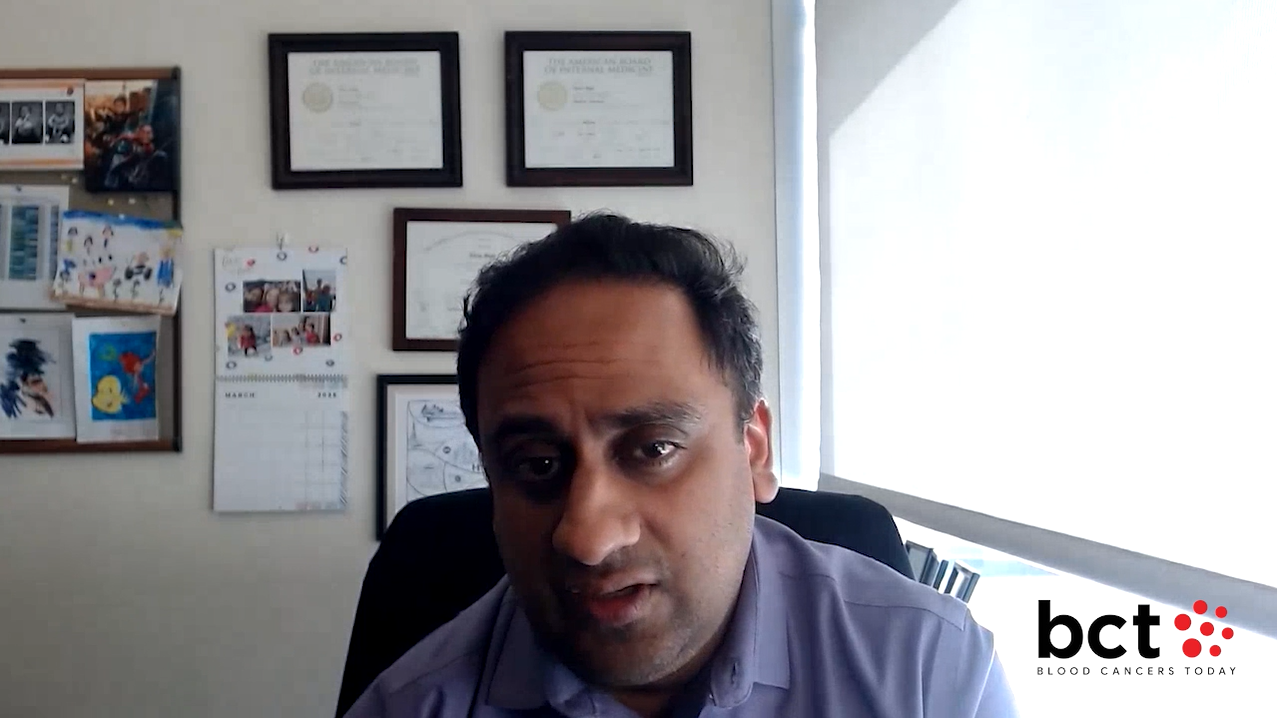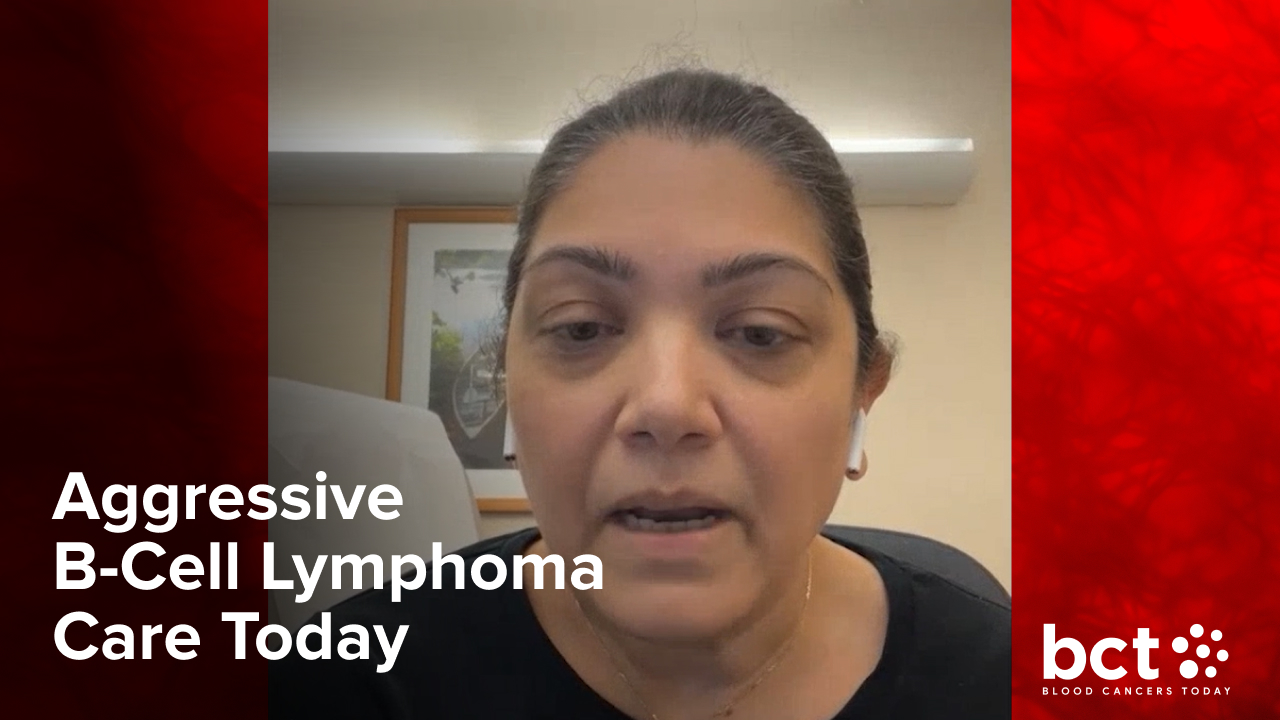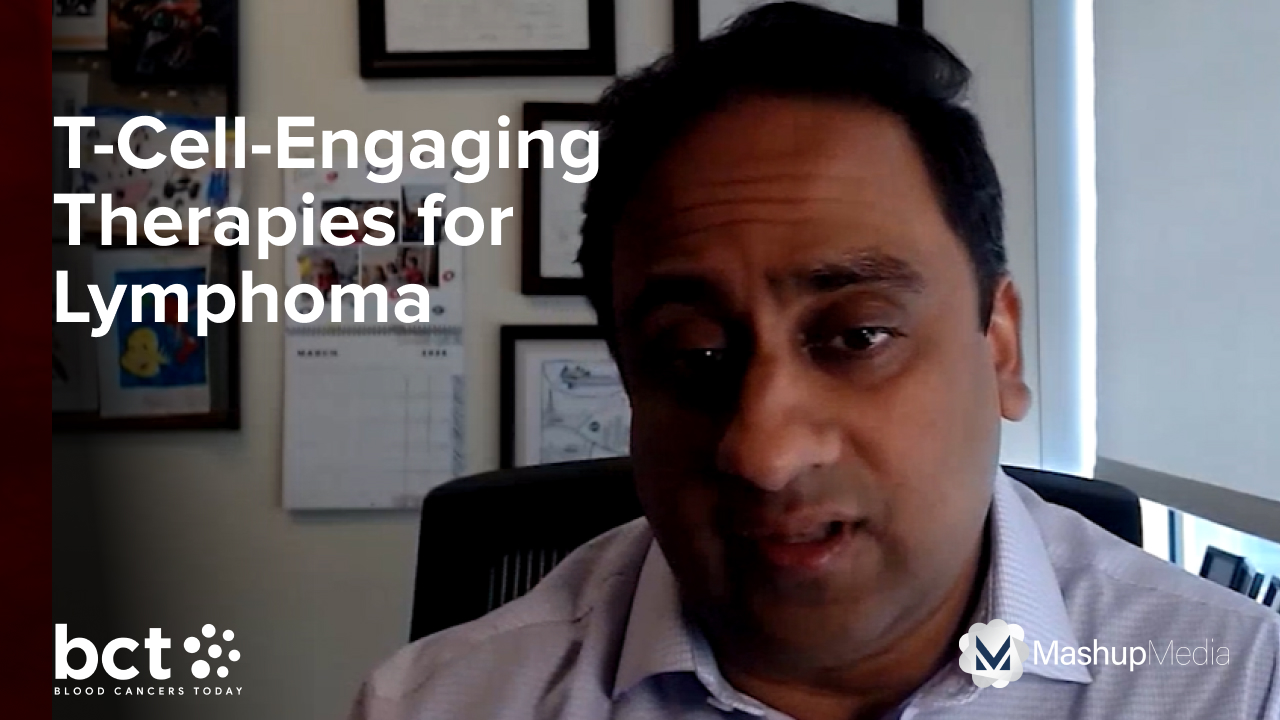The Current State of Emavusertib in AML Therapy
By Eric Winer, MD, Naval Daver, MD, Yasmin Abaza, MD, Patrick Daly - Last Updated: June 25, 2024During the 2024 American Society of Clinical Oncology Annual Meeting in Chicago, Illinois, Eric Winer, MD, of the Dana-Farber Cancer Institute, moderated a discussion with Naval Daver, MD, of the University of Texas MD Anderson Cancer Center, and Yasmin Abaza, MD, of Northwestern University, focused on the latest data and practices for acute myeloid leukemia (AML).
This portion of the discussion covers the ongoing research and understanding of emavusertib therapy in this population.
Find more of this roundtable discussion here.
—
Dr. Winer: In terms of novel therapies, one of the therapies that has come about recently is emavusertib. It’s a new agent from Curis that’s being studied right now. It’s an IRAK-4 inhibitor that also inhibits CLK1, CLK2, and CLK4 and has some FLT3 inhibition in both the tyrosine kinase and internal tendon duplication domains. Have either of you had any experience with it, and if so, can you talk about your experience with the drug?
Dr. Abaza: Yes, we have experience with the drug. We use it for relapsed or refractory AML patients and for patients with myelodysplastic syndromes (MDS). Currently, it’s still in the monotherapy phase.
Most patients tolerate the drug very well. From a response perspective, my patients have not yet responded to the drug, but we’re still in the process of finding the correct way to give the medication, the correct duration of the drug needed. From a tolerance perspective, it’s pretty well tolerated.
Given that there are preclinical data showing synergy with venetoclax and hypomethylating agents (HMAs), as they move it to combinations, hopefully we will be able to see a good efficacy signal in both AML and MDS.
I know that from a FLT3 perspective, the data are pretty promising in relapsed or refractory FLT3-mutated disease, and that’s also important because some of these patients responded after HMA and venetoclax failure.
That’s a very important signal if we continue to see it because one of the things that we published on as a multicenter study, and the group at MD Anderson Cancer Center also published on, is once you fail HMA and venetoclax a lot of the targeted drugs don’t work well. Survival is pretty truncated to about three months on average. Seeing that there is some activity with the drug in that setting is pretty promising.
Dr. Daver: We’ve had clinical experience as well, more in the MDS arena, although we’ve had a couple of recent AML patients. I’ve reviewed the data, and I think the signal in FLT3 is very interesting and seems to be holding up over time.
We’re seeing somewhere around 35% or so complete response (CR), CR with incomplete count recovery, and CR with partial hematologic recovery. They’re small numbers, but these are all patients, as Dr. Abaza was saying, who’ve had prior venetoclax, and most of them had a prior FLT3 inhibitor.
We have data from our group, from the group at Northwestern University, and from the group at Yale all showing that post-HMA and venetoclax, the expected response to a targeted therapy, whether it’s an IDH inhibitor or a FLT3 inhibitor, is not 40%, it’s more in the 10% to 20% range, much lower. So in this population, and considering they’ve also had a prior FLT3 inhibitor, even with small numbers, this looks encouraging.
It’s a little surprising to me as well because this drug was positioned more as an MDS splice targeted therapy, and the FLT3 component was almost like, “okay, it’s an additional thing,” but with more time it seems like the FLT3 inhibition and maybe the CLK inhibition—I don’t know too much about that biologically—is actually going to play an important role in development. This is quite exciting.
Dr. Winer: It’s a thought that where the inhibition of the spliceosome is, that’s where you have this long versus short spliceosome that makes it more susceptible to the IRAK4 inhibition; you’re right, there’s definitely activity there, but the FLT3 seems to have overtaken that part of the activity.
What’s interesting is that emavusertib seems to be affecting patients who have FLT3 mutations who have already seen a FLT3 inhibitor and generally have already seen gilteritinib. The question then becomes what’s different about this? Is it the combination of the FLT3 inhibitor with IRAK4? Is it the fact that this drug also inhibits NF-κB downstream and so you’re blocking one of the resistance pathways? These are all very important things that need to be determined. They need to be figured out with larger trials. But I do agree with you. It’s a promising compound that I think we’ll be giving more attention to.






 © 2025 Mashup Media, LLC, a Formedics Property. All Rights Reserved.
© 2025 Mashup Media, LLC, a Formedics Property. All Rights Reserved.